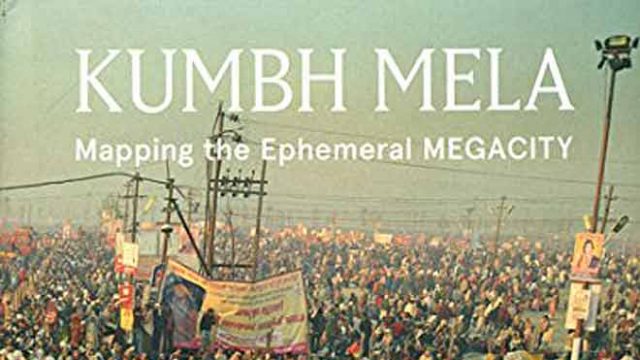Sometime in 1954, Prime Minister Jawaharlal Nehru and Govind Ballabh Pant, then the Chief Minister of Uttar Pradesh, took a boat out to Sangam, the confluence of the Ganga and the Yamuna at Allahabad. They wanted to watch a shahi snan, one of the auspicious dips at the two-month long Kumbh festival, from the water.
But what unfolded that day was horrific. According to some people present at Sangam that day, the trouble started when lay devotees broke into the ranks of the sadhus, who take their right to the dip very seriously. Enraged at the breach, the sadhus let loose their elephants and horses, and tore through the laity with their chimtas (tongs), tridents and swords. Many thousands perished.
Then came the greater administrative betrayal. The scale of the carnage was hushed up. Old-timers from Allahabad will tell you that the official number was a fraction of the total. Not surprisingly, Kumbh Mela: Mapping the Ephemeral Megacity, a collection of essays on the organisation of the Kumbh at Allahabad put together by Harvard University’s South Asia Institute, notes from official sources that a ‘rogue elephant’ caused the carnage and that there were ‘over 500 deaths’. No one was allowed to take pictures of the dead.
Raja Ram Tiwari, who has manned the lost-and-found bureau at the Kumbh from the 1940s, told this writer that when Nehru was later told of the number of deaths at Anand Bhavan, he dropped the tea-cup he was holding.
The tragedy spurred the state to appoint a senior civil servant to suggest better ways of managing the Kumbh. Rules were laid for building more bridges, for ensuring one-way, pedestrian-only streets, and for breaking up the massive venue—1,937 hectares at last count—into smaller sectors. It’s basically the same plan that’s followed today.
But if the official number of pilgrims at the 1954 event was 6 million, by 2013, that number had grown to 120 million. This called for an entirely different scale of operation. That massive administrative effort was at the heart of the Harvard enquiry. The university drew up a team of more than 50 faculty, staff and students from the disciplines of public health, business, design, arts and sciences, and divinity. They looked at various aspects of the large pop-up city that comes up on the Sangam sands for a few intense months every 12 years.
Edited by Rahul Mehrotra of the Graduate School of Design at Harvard and Felipe Vera, director of the Center for Ecology, Landscape and Urbanism, the book moves from a broader view of the basics to details of administrative management. They try to suggest better ways of managing the crowd, employing maps and schematic diagrams to good effect.
One of the most interesting enquiries is by Jukka-Pekka Onnela and Tarun Khanna, who try to understand crowd movements through mobile phone usage. At an event where crowd numbers are educated guesses at best, it’s one of the best tools to be deployed, though the authors concede the need to process the data more efficiently.
The book misses out on the political impact of group negotiations at such a high-profile event. The private sector’s efforts are also not in focus. But it is a commendable research effort. One hopes future Kumbh administrators will take note of it, and will employ greater resources to understand the world’s largest crowd.




